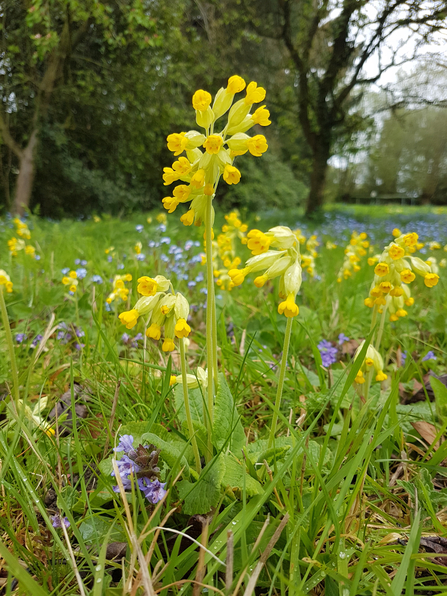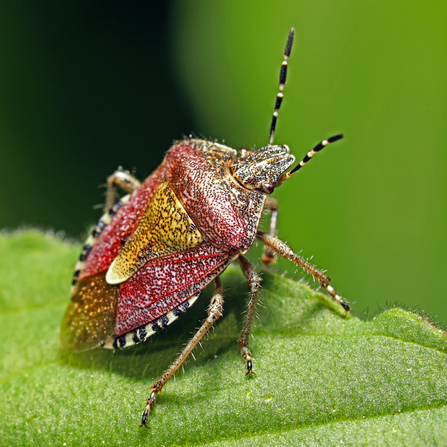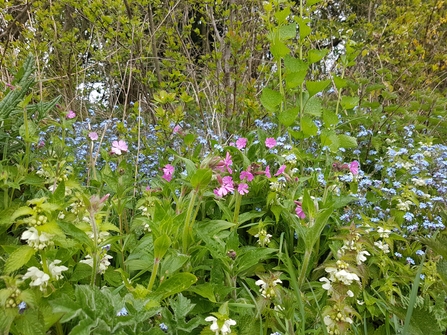In a study of urban gardens by Ken Thompson and his team at Sheffield University in 2004, they found the average lawn included 15 flowering plants, in some cases many more.
The top three most familiar lawn plants are dandelions, daisies and buttercups.






